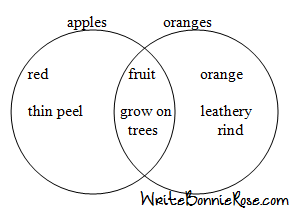Problem Solving Friday!!!
Have a go at the following word problems. Some are easier than others:
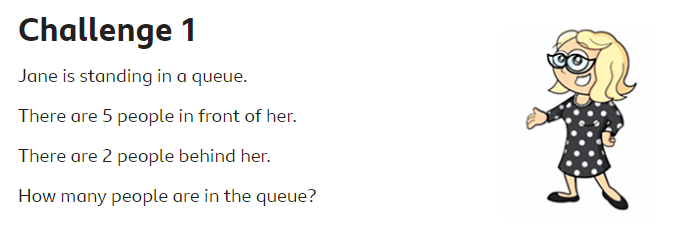
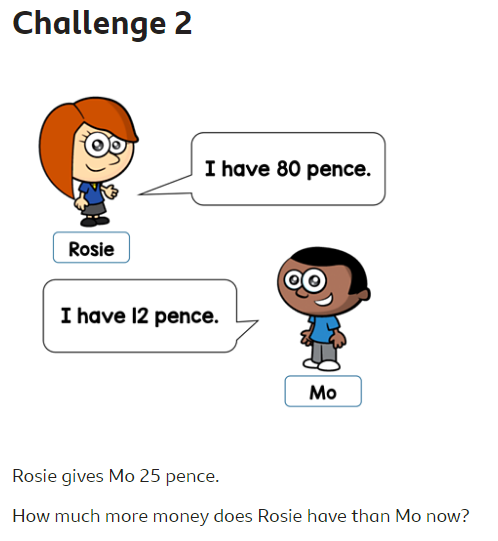
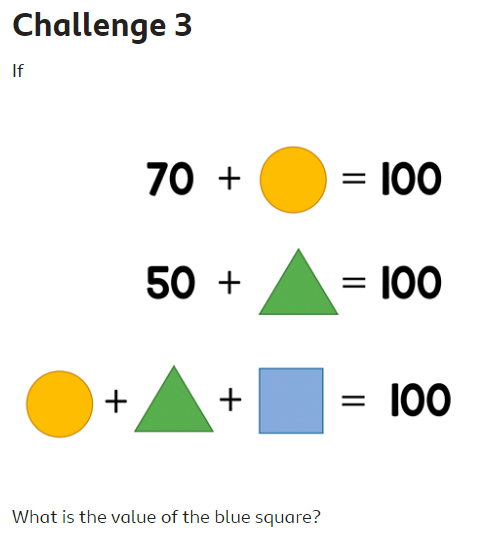
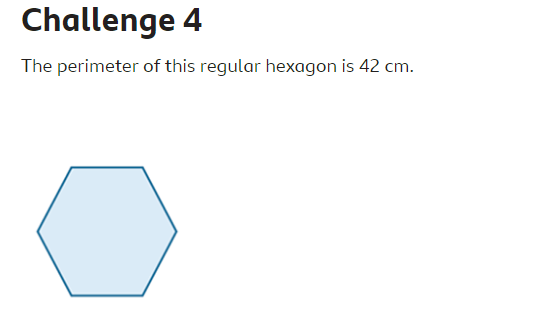
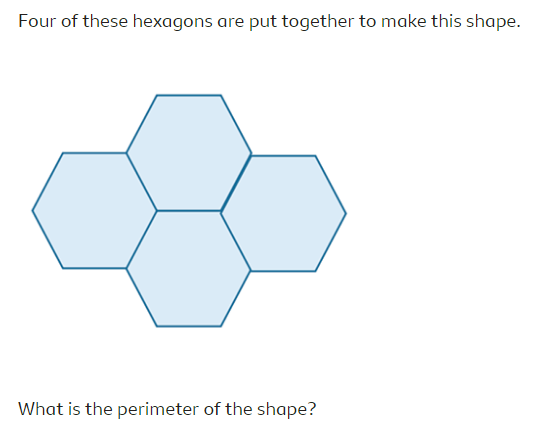
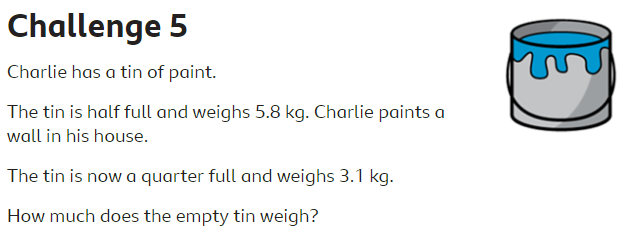
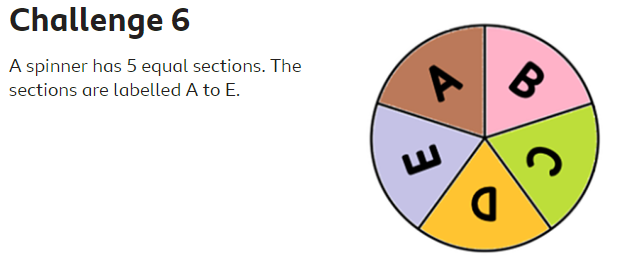
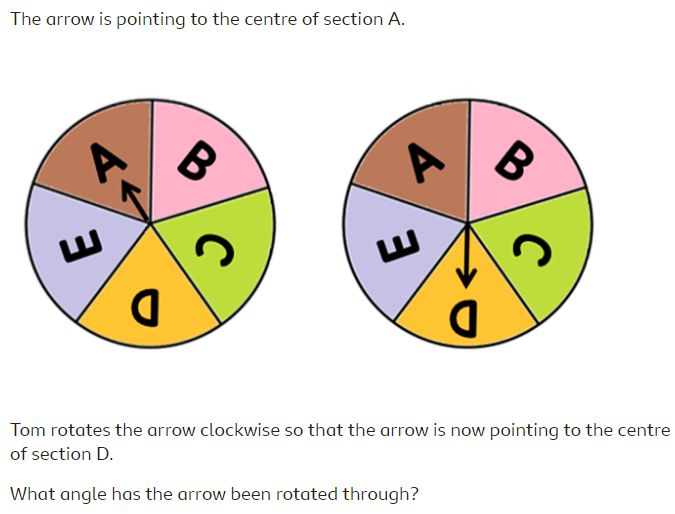
For challenge 6, think about how many degrees are in a full circle (we know that a straight line is 180 degrees). The circle is split into 5 sections so how many degrees would each section measure? I hope this helps you calculate your answer. Or can you name the type of angle?
Post your work on Seesaw for you teacher to see!




